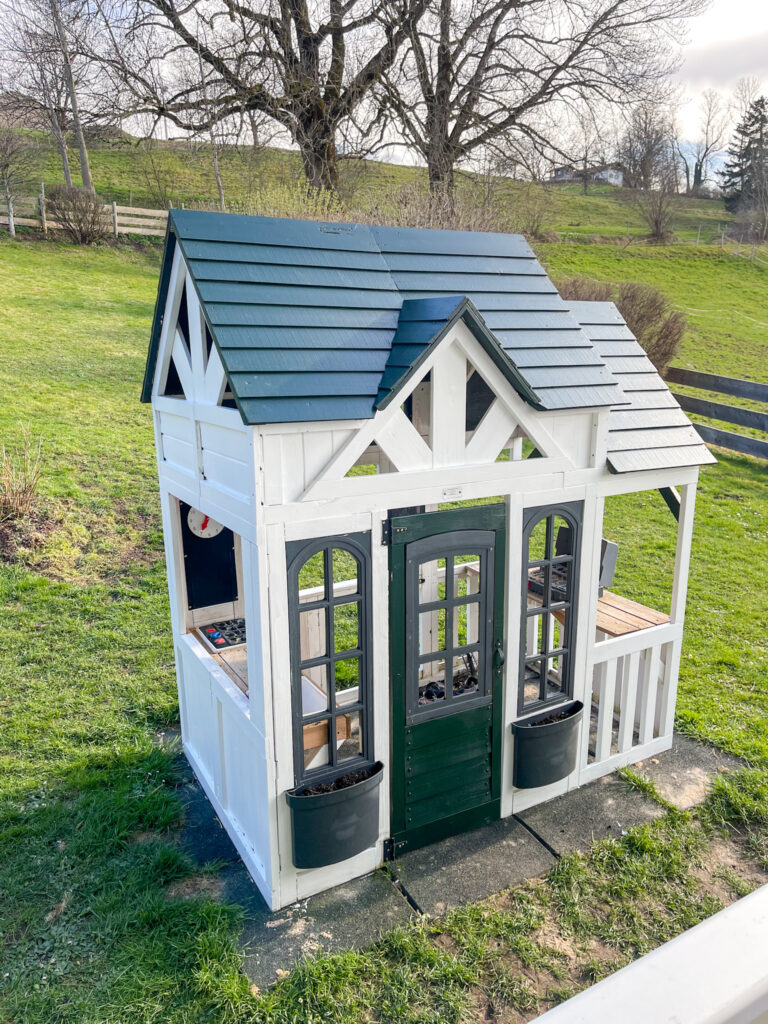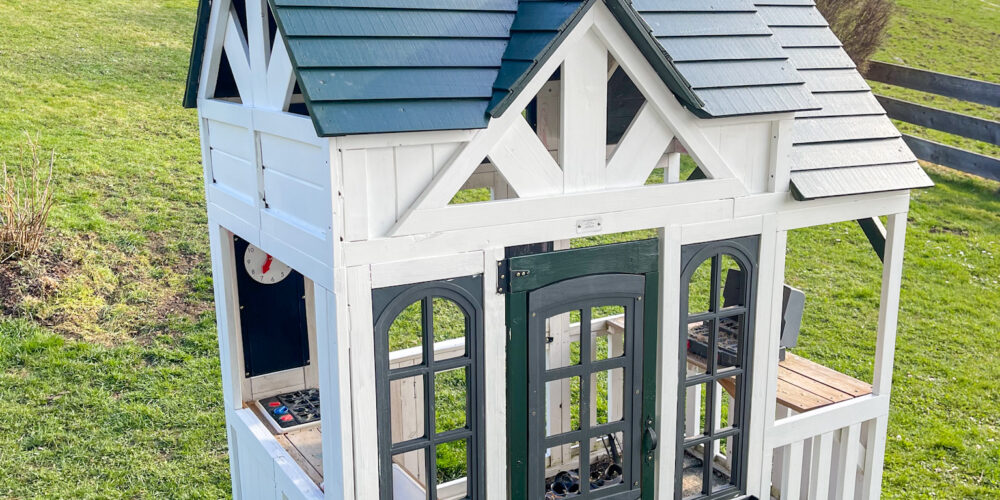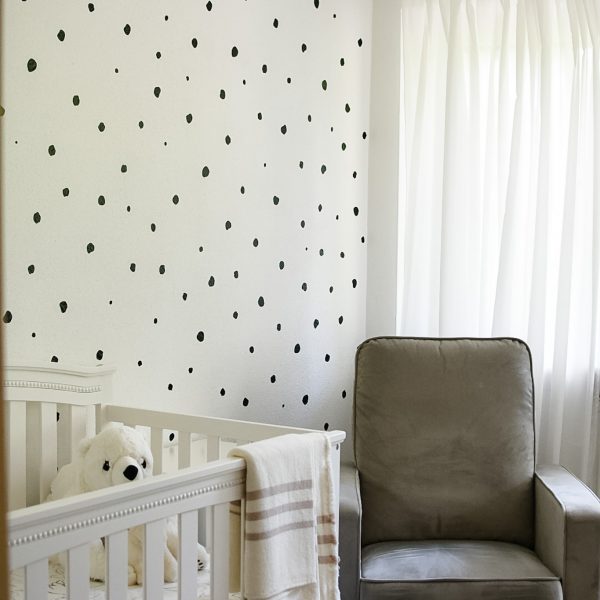Home remodels are exciting. A fresh kitchen, new floors, or a modern bathroom can completely transform a space. It’s easy to get carried away with Pinterest boards and renovation shows. But while most homeowners rush to pick paint colors and backsplashes, there’s one major area they often overlook: the roof.
Here’s something to think about: Would you install brand-new hardwood floors under a leaky roof? Surprisingly, many people in Texas do. They invest in interior updates before making sure the roof is strong enough to protect them. That’s a mistake that could cost more in the long run.
Let’s explore why your roof should be the first step in any home renovation.

1. It Protects Every Other Investment
The roof might not be the most glamorous part of a home, but it’s easily one of the most important. It keeps everything else safe. From the insulation in your attic to the electronics in your living room, it all depends on a solid surface above.
A single leak can drip unnoticed for weeks. By the time it’s visible inside, the damage is already done. The wood may have started to rot. Mold might be growing inside your walls. That brand-new drywall or freshly painted ceiling? It’s now stained or soft to the touch.
And it doesn’t end there. Moisture can damage cabinets and warp floors and ruin expensive remodels. All because the condition above was treated as an afterthought.
So, before spending time and money on updates inside, it’s wise to make sure the top of your house is in good shape.
2. An Upgrade Can Boost Curb Appeal and Value
When it comes to home upgrades, appearances matter. And nothing says “well-maintained home” quite like a clean, modern roof.
Curb appeal starts at the top. Even before someone walks through the front door, the roof is visible. If it looks old, damaged, or out of style, that first impression is already weakened—no matter how beautiful the inside might be.
Besides looks, a new upgrade adds real value. Today’s materials don’t just improve appearance; many offer better energy efficiency, too. They help maintain indoor temperatures, lower utility bills, and protect your home from weather extremes.
This is especially true in climates like Texas, where heat, hail, and storms are regular visitors. That’s why working with an experienced residential roof contractor can make all the difference in choosing the right material and style for your home. It ensures long-term value—both visually and structurally—for years to come.
3. Preventing Costly Setbacks During Renovation
Every remodel comes with surprises. But nothing stops progress like discovering structural problems mid-project. Roof issues are one of the worst kinds. Water stains on the ceilings. Damp insulation. Soft spots in the attic. These problems can halt a remodel for weeks and drive costs higher.
Fixing leaks after you’ve started renovating is also risky. Imagine installing brand-new lighting or ceiling features, only to remove them again because of an unexpected repair.
Worse yet, delaying repairs can lead to safety risks. A sagging or compromised top may not be secure enough to support workers or materials during other renovations.
Tackling concerns before a remodel ensures smoother progress. Contractors can do their work without delays. Timelines stay on track. Budgets stay under control.
4. Roofing First = Smarter Project Sequencing
There’s a logical order to home improvement. It starts from the top and works its way down. The reason? Anything above your head has the potential to damage what’s below.
Roofing is often best handled before interior work begins. If your attic needs insulation, that’s easier to address when the roof is accessible. If electrical or ductwork is being moved, it’s less disruptive before walls and ceilings are finished.
Also, working from the outside gives you a clean, sealed shell to design inside of. There’s no risk of future work overhead damaging your brand-new walls, trim, or furniture.
Proper sequencing even helps save money. It keeps you from having to redo anything because of problems that should have been addressed earlier.
Concluding It Up All
Renovating a home is a big step—and a big investment. Before upgrading the kitchen, redoing the bathroom, or knocking down walls, take a moment to look up. Is the top of your home ready to protect what’s coming next?
Starting with the roof isn’t just practical. It’s smart. It sets the foundation for everything else that follows. A solid overhead barrier means a safer, smoother, and longer-lasting remodel. So, don’t leave such a most important part of your home off your remodeling checklist.









Leave a Reply